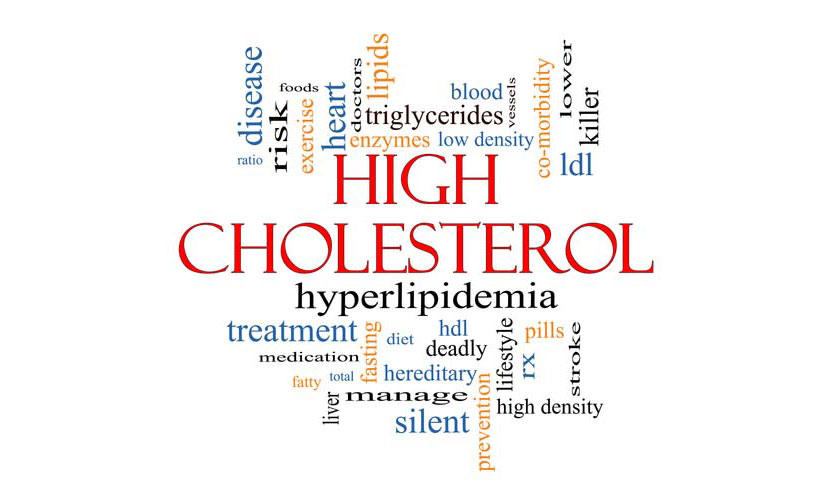In the study below physical comorbidity was not only associated with disability but with each additional comorbidity, there was a mean increase in the EDSS score of 0.18. By optimising your general health you will reduce your chances of getting worse.
When last have you been to your family doctor, or GP, to have your blood pressure, weight, blood sugar and lipids checked? If you haven't had these done in the last 12 months you should go and get them done.
Are you still a smoker? If yes, you need to read the second paper below that shows smoking reduces the effectiveness of interferon-beta. I wouldn't be surprised if this observation extends to other DMTs. We know that pwMS who smoke do worse than non-smokers. So if you want to improve your outcome you need to stop smoking. Please note you don't have to necessarily give up your nicotine habit. You can get your daily fix of nicotine from several other safer options (gum, skin patches, tablets, e-cigarettes, etc.).
COMORBIDITIES
Zhang et al. Effects of physical comorbidities on disability progression in multiple sclerosis. Neurology. 2018 Jan 3. pii: 10.1212/WNL.0000000000004885.
OBJECTIVE: To examine the association between physical comorbidities and disability progression in multiple sclerosis (MS).
METHODS: We conducted a retrospective cohort study using linked health administrative and clinical databases in 2 Canadian provinces. Participants included adults with incident MS between 1990 and 2010 who entered the cohort at their MS symptom onset date. Comorbidity status was identified with validated algorithms for health administrative data and was measured during the 1 year before study entry and throughout the study period. The outcome was the Expanded Disability Status Scale (EDSS) score as recorded at each clinic visit. We used generalized estimating equations to examine the association between physical comorbidities and EDSS scores over time, adjusting for sex, age, cohort entry year, use of disease-modifying drugs, disease course, and socioeconomic status. Meta-analyses were used to estimate overall effects across the 2 provinces.
RESULTS: We identified 3,166 individuals with incident MS. Physical comorbidity was associated with disability; with each additional comorbidity, there was a mean increase in the EDSS score of 0.18 (95% confidence interval [CI] 0.09-0.28). Among specific comorbidities, the presence of ischemic heart disease (IHD) or epilepsy was associated with higher EDSS scores (IHD 0.31, 95% CI 0.01-0.61; epilepsy 0.68, 95% CI 0.11-1.26).
CONCLUSIONS: Physical comorbidities are associated with an apparent increase in MS disability progression. Appropriate management of comorbidities needs to be determined to optimize outcomes.
SMOKING
Petersen et al. Smoking affects the interferon beta treatment response in multiple sclerosis. Neurology. 2018 Jan 17. pii: 10.1212/WNL.0000000000004949.
OBJECTIVE: To investigate whether smoking in patients with relapsing-remitting multiple sclerosis (RRMS) treated with interferon beta (IFN-β) is associated with the relapse rate and whether there is an interaction between smoking and human leukocyte antigen (HLA)-DRB1*15:01, HLA-A*02:01, and the N-acetyltransferase-1 (NAT1) variant rs7388368A.
METHODS: DNA from 834 IFN-β-treated patients with RRMS from the Danish Multiple Sclerosis Biobank was extracted for genotyping. Information about relapses from 2 years before the start of treatment to either the end of treatment or the last follow-up visit was obtained from the Danish Multiple Sclerosis Treatment Register. Smoking information came from a comprehensive questionnaire.
RESULTS: We found that the relapse rate in patients with RRMS during IFN-β treatment was higher in smokers compared to nonsmokers, with an incidence rate ratio (IRR) of 1.20 (95% confidence interval [CI] 1.021-1.416, p = 0.027) and with an IRR increase of 27% per pack of cigarettes per day (IRR 1.27, 95% CI 1.056-1.537, p = 0.012). We found no association or interaction with HLA and the NAT1 variant.
CONCLUSION: In this observational cohort study, we found that smoking is associated with increased relapse activity in patients with RRMS treated with IFN-β, but we found no association or interaction with HLA or the NAT1 variant.
ProfG
